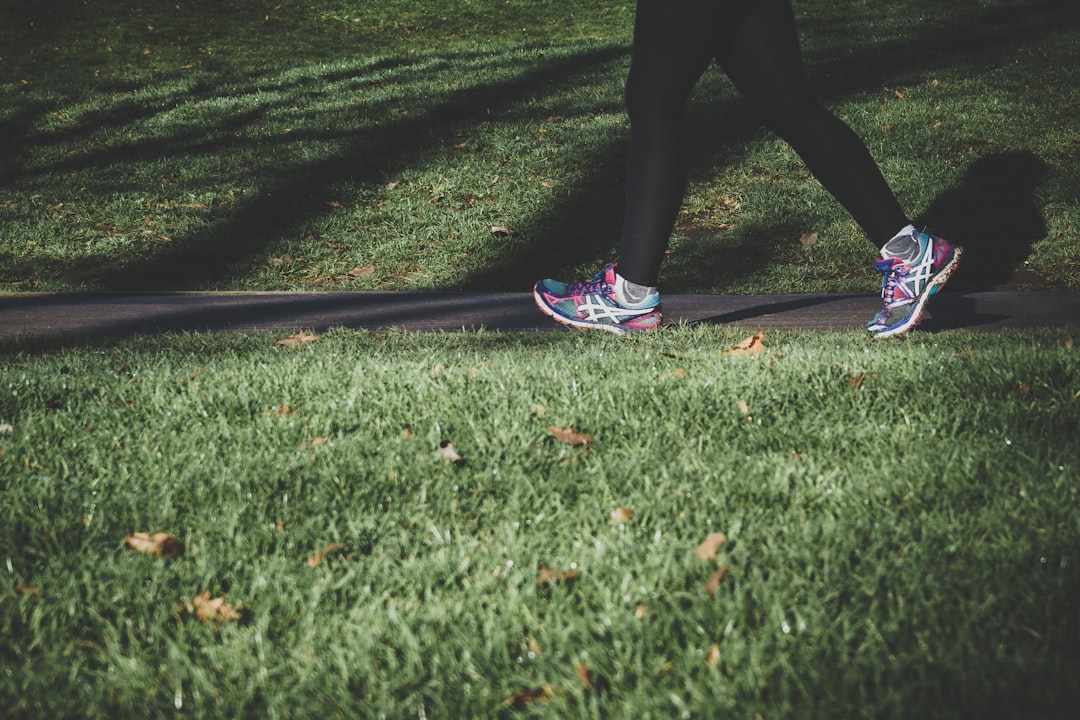In our increasingly sedentary world, many of us spend significant hours seated, whether at a desk, on a long flight, or during daily commutes. This lifestyle often brings with it a common concern: belly fat. The idea of “losing belly fat while sitting still” is a popular fantasy, but it’s crucial to understand the scientific realities behind fat loss and metabolism. This article will debunk common myths and provide actionable, fact-based strategies to support your overall health and metabolism, even when you’re largely desk-bound. While direct “spot reduction” of belly fat by sitting is not possible, adopting smart habits can significantly contribute to your well-being and long-term weight management goals.
Understanding Fat Loss: The Scientific Reality
Before diving into specific strategies, it’s essential to grasp the fundamental principles of fat loss. The human body loses fat through a caloric deficit, meaning you must consume fewer calories than you burn. This process is systemic, affecting fat stores throughout the body, not just in one specific area.
The Myth of Spot Reduction
One of the most persistent myths in fitness is “spot reduction”—the idea that you can target fat loss in a specific body part, like the belly, by exercising that area. Scientific consensus, however, confirms this is not possible. While core exercises strengthen abdominal muscles, they do not directly burn fat from that region. Fat loss occurs throughout the body as a result of overall energy balance.
Fact Check: According to Harvard Health Publishing, “You can’t spot-reduce fat. Crunches will strengthen your abs, but they won’t specifically burn off the fat that lies over them.” This highlights the importance of a holistic approach to fat loss.
For more detailed information, you can read about The Truth About Belly Fat from Harvard Health.
Mindful Eating & Hydration While Seated
Since direct movement for calorie burning is limited when sitting, what you consume becomes even more critical. Mindful eating and adequate hydration are powerful tools for managing weight and supporting metabolism.
Practicing Mindful Eating
Mindful eating involves paying full attention to your food—its taste, texture, smell, and the signals your body sends about hunger and fullness. This practice can prevent overeating and improve digestion, which are crucial for weight management.
- Eat Slowly: Give your brain time to register fullness. It takes about 20 minutes for your stomach to signal satiety to your brain.
- Eliminate Distractions: Avoid eating while working, watching TV, or scrolling on your phone. Focus solely on your meal.
- Listen to Your Body: Eat when you’re hungry, stop when you’re comfortably full, not stuffed.

Mindful eating can transform your relationship with food, even at your desk.
The Power of Hydration
Water is vital for nearly every bodily function, including metabolism. Staying well-hydrated can help you feel full, reduce cravings, and ensure your metabolic processes run efficiently. Often, thirst is mistaken for hunger, leading to unnecessary snacking.
- Keep Water Accessible: Have a water bottle on your desk as a constant reminder.
- Drink Before Meals: A glass of water before eating can help you feel fuller and consume fewer calories.
- Infuse Your Water: Add slices of fruit (lemon, cucumber) or herbs for flavor if plain water is unappealing.

Staying hydrated is a simple yet effective way to support your metabolism.
Subtle Movements & Ergonomics for Desk-Bound Days
While “sitting still” is the premise, incorporating subtle movements and optimizing your sitting environment can make a significant difference in your overall health and energy expenditure, albeit minimal for direct fat loss.
Micro-Movements and Fidgeting
Non-exercise activity thermogenesis (NEAT) refers to the energy expended for everything we do that is not sleeping, eating, or sports-like exercise. Even small, unconscious movements like fidgeting, tapping your foot, or shifting in your chair contribute to NEAT and calorie burn over time.
- Leg Lifts: While seated, lift one leg a few inches off the floor and hold for a few seconds, then switch.
- Shoulder Shrugs: Shrug your shoulders up towards your ears, hold, and release to relieve tension.
- Ankle Circles: Rotate your ankles in circles, both clockwise and counter-clockwise.
Ergonomics and Posture
Proper posture not only prevents discomfort and injury but can also subtly engage core muscles. An ergonomically sound workspace encourages better circulation and reduces strain, making it easier to maintain energy levels throughout the day.
“Maintaining good posture while sitting can help engage your core muscles, which, while not directly burning belly fat, contributes to overall core strength and can improve your body’s efficiency in movement when you are active.”

Even small stretches and good posture contribute to overall well-being.
Stress Management and Sleep Quality
Beyond diet and movement, two often-overlooked factors significantly impact metabolism and fat distribution, particularly around the belly: stress and sleep. These can be managed even when you’re largely sedentary.
The Link Between Stress and Belly Fat
Chronic stress leads to elevated levels of cortisol, a hormone that can increase appetite and encourage the body to store fat, especially in the abdominal area. Managing stress is therefore a crucial component of any weight management strategy.
- Deep Breathing Exercises: Take a few minutes to practice deep, diaphragmatic breathing while seated.
- Mindfulness Apps: Use guided meditation or mindfulness apps during short breaks.
- Listen to Calming Music: Create a relaxing ambiance, especially during breaks.
Sleep’s Role in Metabolism
Insufficient sleep disrupts hormones that regulate appetite (ghrelin and leptin) and can lead to increased cravings for high-calorie foods. It also impacts insulin sensitivity, which can contribute to belly fat accumulation. Aim for 7-9 hours of quality sleep per night.
Research Insight: A study published in the journal Sleep in 2023 found that chronic sleep deprivation significantly impacts metabolic health and can lead to increased visceral fat accumulation, even in individuals with otherwise healthy lifestyles.
Building a Sustainable Desk Wellness Plan
Integrating these strategies into your daily routine requires planning and consistency. While no single “trick” will eliminate belly fat while sitting, a combination of smart choices can significantly improve your overall health and metabolic function.
Daily Desk Wellness Checklist
Here’s a simple checklist to help you stay on track:
| Action | Benefit |
|---|---|
| Drink 8 glasses of water | Boosts metabolism, reduces false hunger |
| Practice mindful eating | Prevents overeating, improves digestion |
| Incorporate micro-movements | Increases NEAT, improves circulation |
| Take short stretch breaks | Relieves tension, improves posture |
| Manage stress (e.g., deep breathing) | Reduces cortisol, supports fat regulation |
| Prioritize 7-9 hours of sleep | Regulates appetite hormones, improves insulin sensitivity |
Beyond the Desk: A Holistic View
While this article focuses on what you can do while largely sedentary, remember that true, sustainable fat loss and optimal health are achieved through a holistic approach. This includes regular physical activity, a balanced diet rich in whole foods, and consistent healthy habits. The strategies discussed here are excellent complements to a more active lifestyle.
For a deeper dive into how metabolism works and its role in weight management, consider exploring resources like Mayo Clinic’s guide on Metabolism and Weight Loss.
In conclusion, the notion of “losing belly fat while sitting still” is a misconception. Fat loss is a complex process driven by overall caloric balance and cannot be targeted to a specific area through sedentary means. However, by adopting smart, fact-based habits like mindful eating, consistent hydration, incorporating subtle movements, and prioritizing stress management and sleep, you can significantly support your metabolism and overall health, even when your lifestyle is largely sedentary.
These strategies are not magic bullets for instant fat loss, but they are crucial building blocks for a healthier you. They empower you to make positive choices that contribute to your well-being, regardless of how much time you spend at your desk or on the go.
What small, fact-based change will you implement today to boost your sedentary health? Share your thoughts and tips in the comments below!
